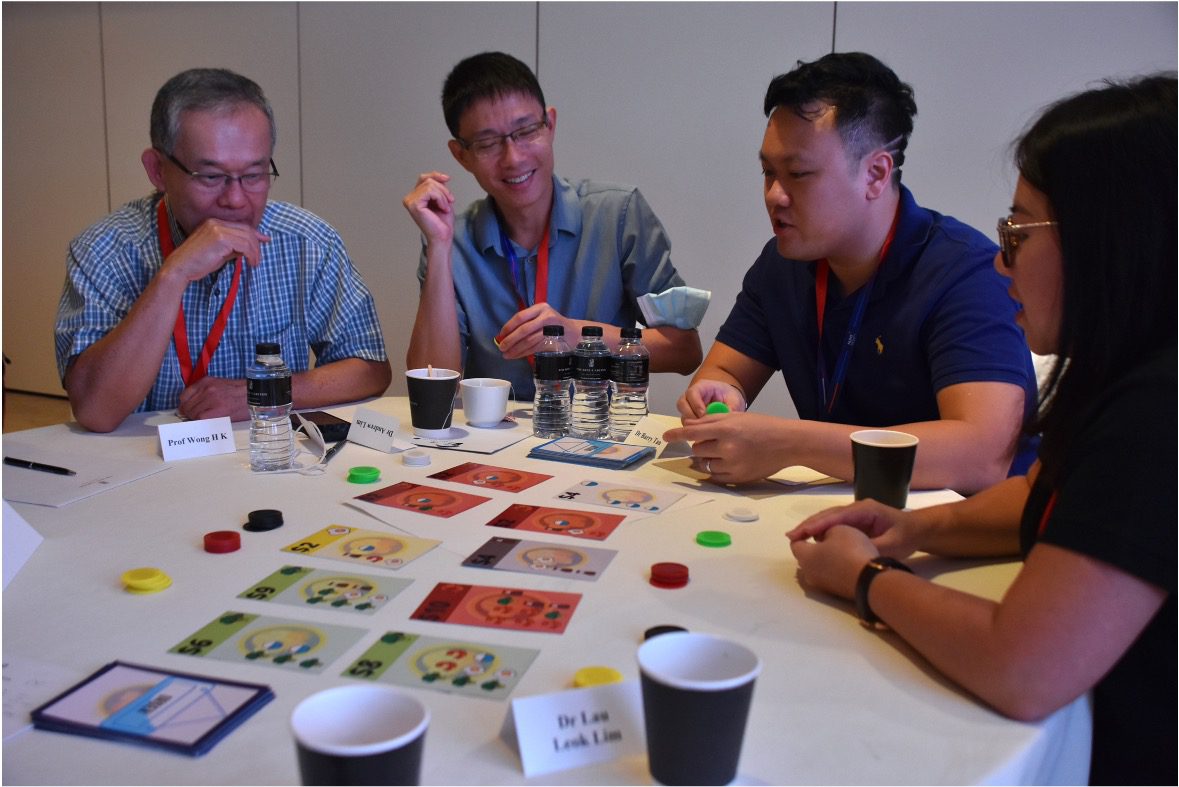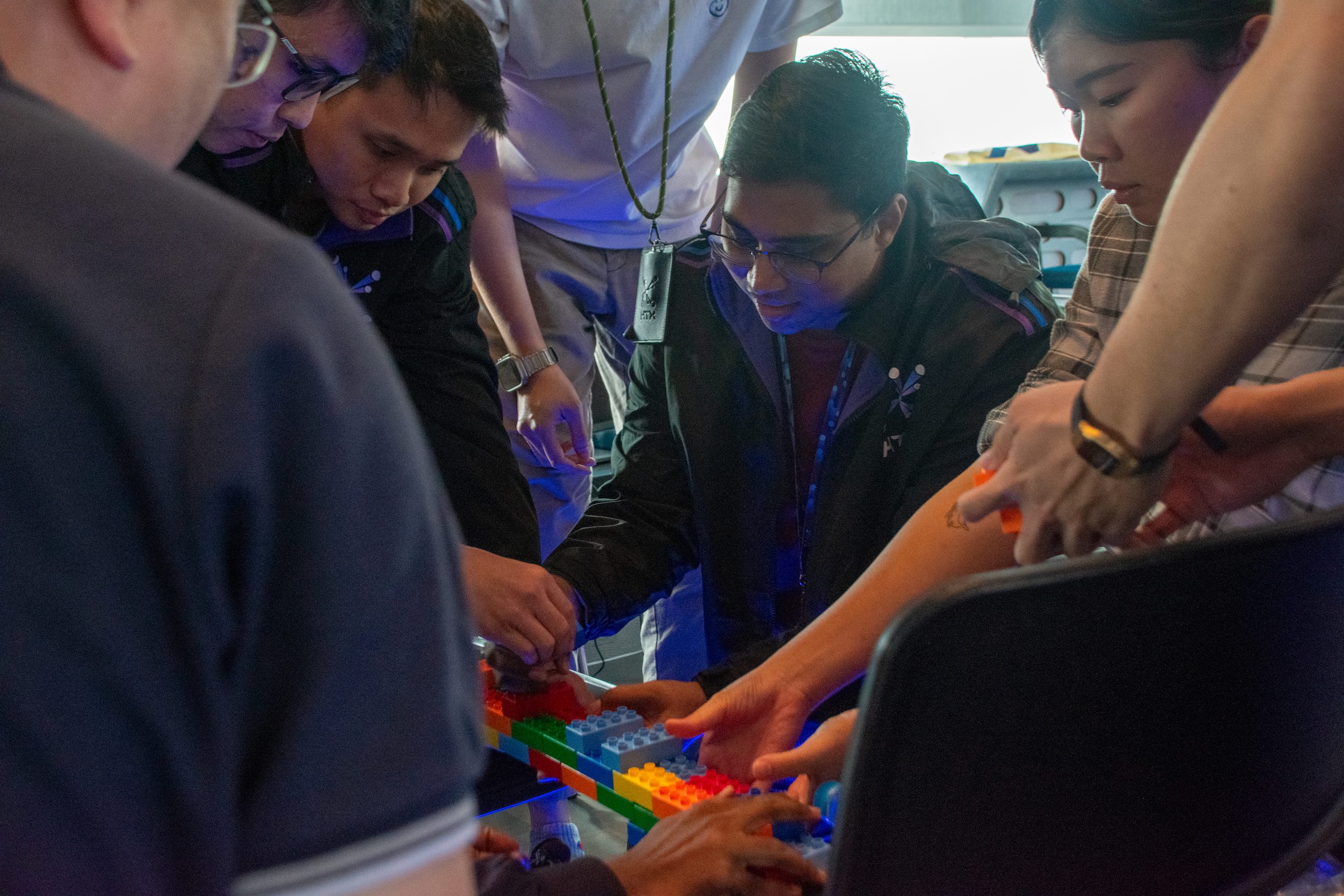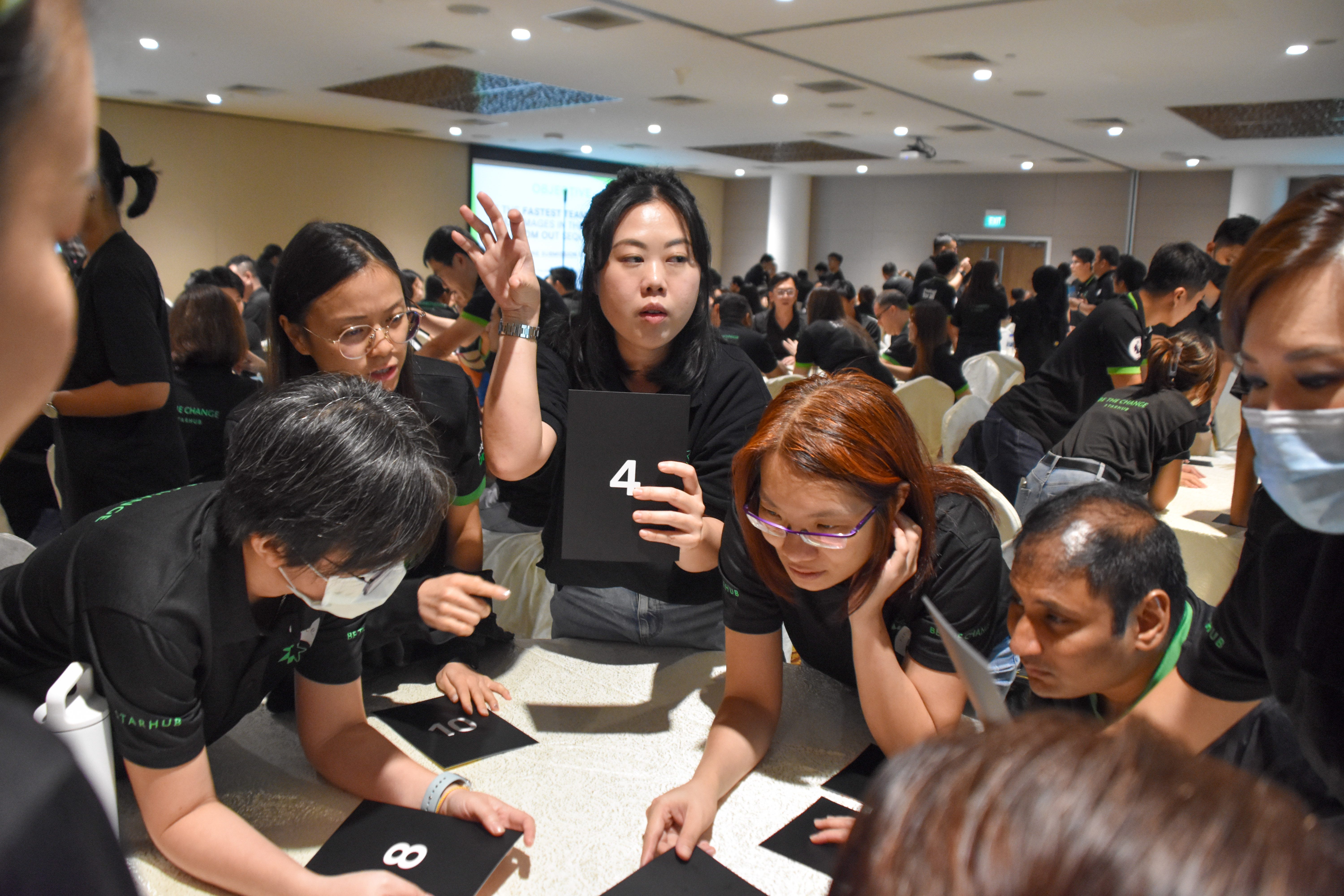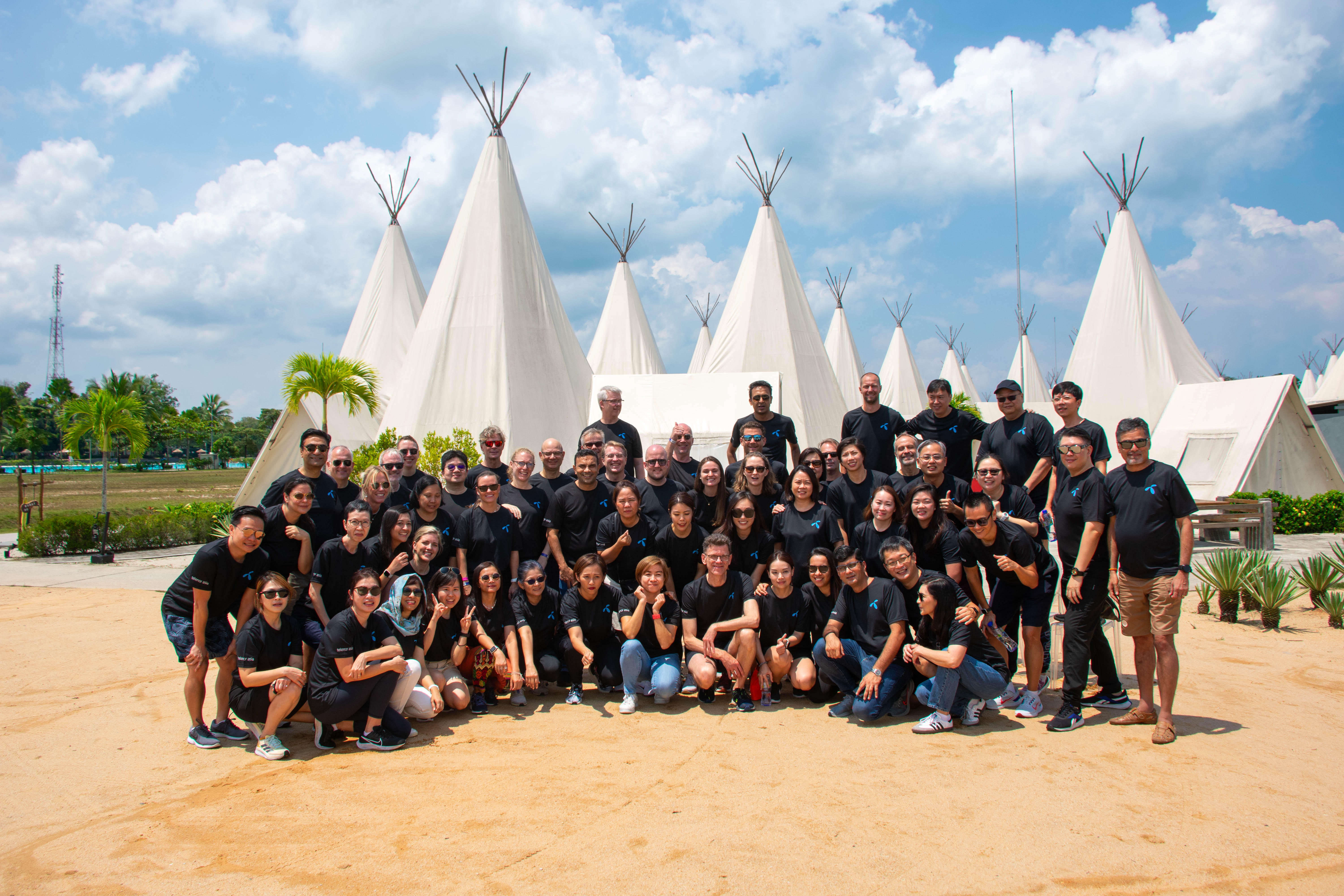UNFORGETTABLE DOOR GIFT IDEAS FOR YOUR NEXT INDOOR CORPORATE EVENT
Corporate events are not just about networking and business discussions; they’re also about leaving a lasting impression on attendees. One surefire way to make your event memorable is by offering thoughtful and unique door gifts that reflect your company’s values and appreciation for your guests. Whether it’s a conference, seminar, or workshop, the right door gift can elevate the attendee experience and leave a positive impression long after the event concludes. In this article, we’ll explore a variety of creative door gift ideas guaranteed to make your next indoor corporate event a hit.
1. Customized Tech Accessories
In today’s digital age, tech accessories are always a crowd-pleaser. Consider offering customized items such as branded power banks, USB flash drives, or wireless chargers. These practical gifts not only showcase your company’s logo but also provide attendees with useful tools for staying connected and productive.
2. Premium Drinkware
Elevate your guests’ beverage experience with premium drinkware, such as insulated tumblers, stainless steel water bottles, or elegant coffee mugs. Opt for high-quality materials and sleek designs that reflect your company’s commitment to excellence. You can even personalize the drinkware with individual names or event details for an extra touch of sophistication.
3. Eco-Friendly Gifts
Demonstrate your company’s dedication to sustainability by offering eco-friendly door gifts. Consider items such as reusable tote bags, bamboo utensil sets, or recycled notebooks. Not only are these gifts environmentally conscious, but they also align with the growing trend towards eco-friendly practices in the corporate world.
4. Wellness and Self-Care Products
Promote wellness and self-care among your guests with thoughtful gifts that encourage relaxation and mindfulness. Options include aromatherapy candles, stress-relief essential oil rollers, or mini meditation kits. These gifts provide attendees with a much-needed break from the hustle and bustle of everyday life and show your company’s commitment to employee well-being.
5. Gourmet Treats
Indulge your guests’ taste buds with gourmet treats that delight the senses. Consider offering artisanal chocolates, gourmet coffee blends, or premium tea assortments. You can also opt for locally sourced delicacies that showcase the flavors of the event location. These delectable gifts are sure to leave a sweet impression on attendees.
6. Customized Notebooks and Journals
Inspire creativity and productivity among your guests with customized notebooks and journals. Choose high-quality materials and sophisticated designs that reflect your company’s professionalism. You can even include prompts or inspirational quotes to encourage reflection and goal-setting. These practical gifts serve as both a useful tool and a memorable keepsake.
7. Personalized Merchandise
Make your guests feel valued and appreciated with personalized merchandise tailored to their preferences. Consider offering items such as branded apparel, engraved pens, or custom-designed phone cases. Personalization adds a special touch to the gift and creates a sense of exclusivity for attendees.
8. Wellness Kits
Encourage health and wellness among your guests with wellness kits curated to promote relaxation and self-care. Include items such as herbal teas, bath bombs, and scented candles. You can also add wellness resources such as mindfulness exercises or relaxation tips. These thoughtful gifts show your company’s commitment to supporting holistic well-being.
9. Desk Accessories
Enhance your guests’ workspaces with stylish desk accessories that combine form and function. Consider items such as desktop organizers, wireless charging pads, or elegant pen holders. These practical gifts help attendees stay organized and productive while adding a touch of sophistication to their desks.
10. Customized Gift Sets
Create curated gift sets that combine several complementary items to create a memorable experience for attendees. For example, you could pair a branded notebook with a matching pen and a gourmet chocolate bar. Or combine a reusable water bottle with a wellness journal and a stress-relief essential oil roller. Customized gift sets allow you to showcase your creativity and thoughtfulness while providing guests with a cohesive and memorable gift.
Conclusion
Choosing the right door gifts for your indoor corporate event can make a significant impact on attendee satisfaction and overall event experience. By selecting thoughtful and unique gifts that reflect your company’s values and appreciation for your guests, you can create a memorable impression that lasts long after the event concludes. Whether it’s tech accessories, wellness products, or gourmet treats, the key is to offer gifts that are both practical and meaningful to your attendees. With these unforgettable door gift ideas, your next indoor corporate event is sure to be a resounding success.
To head back to read another article in our blog, click here.









